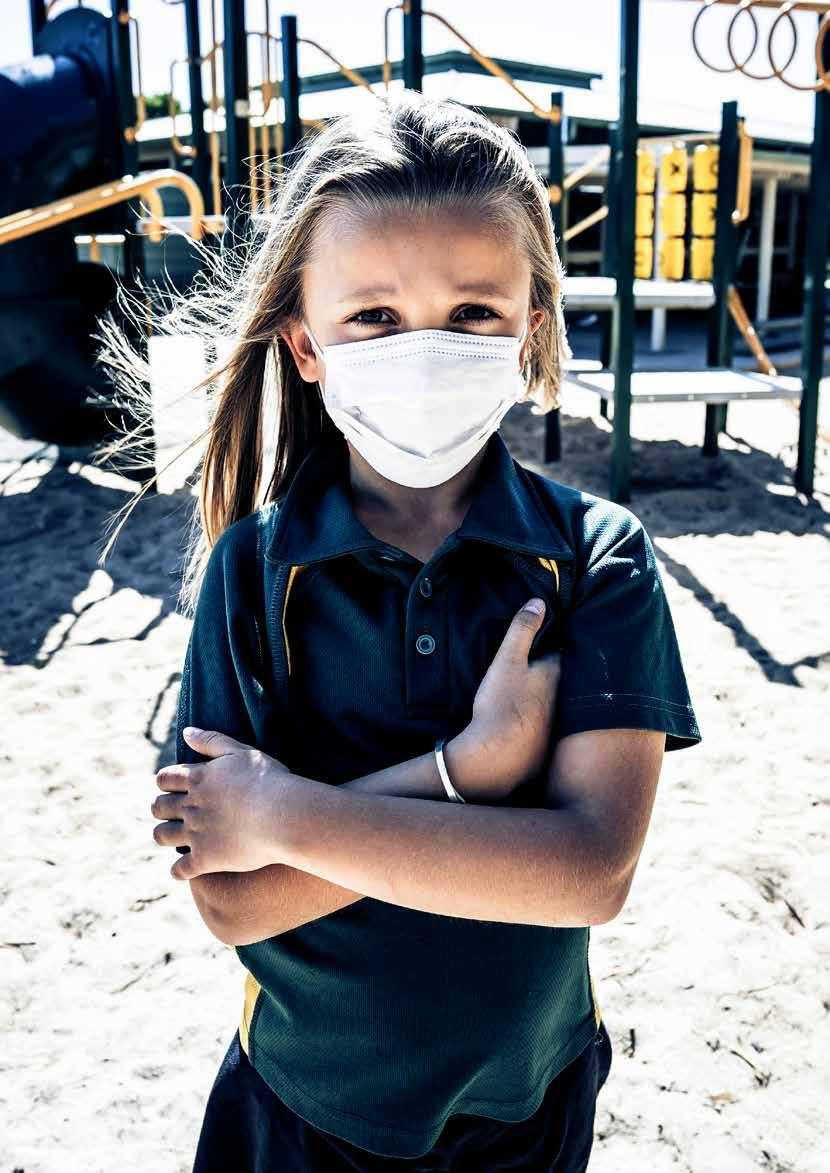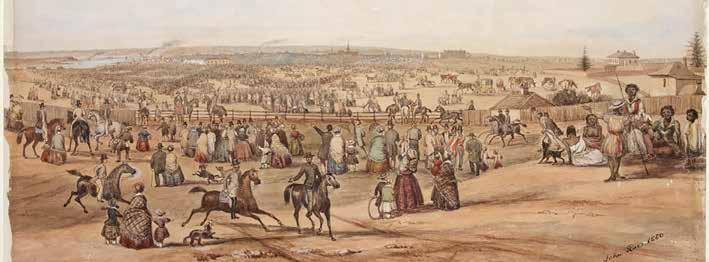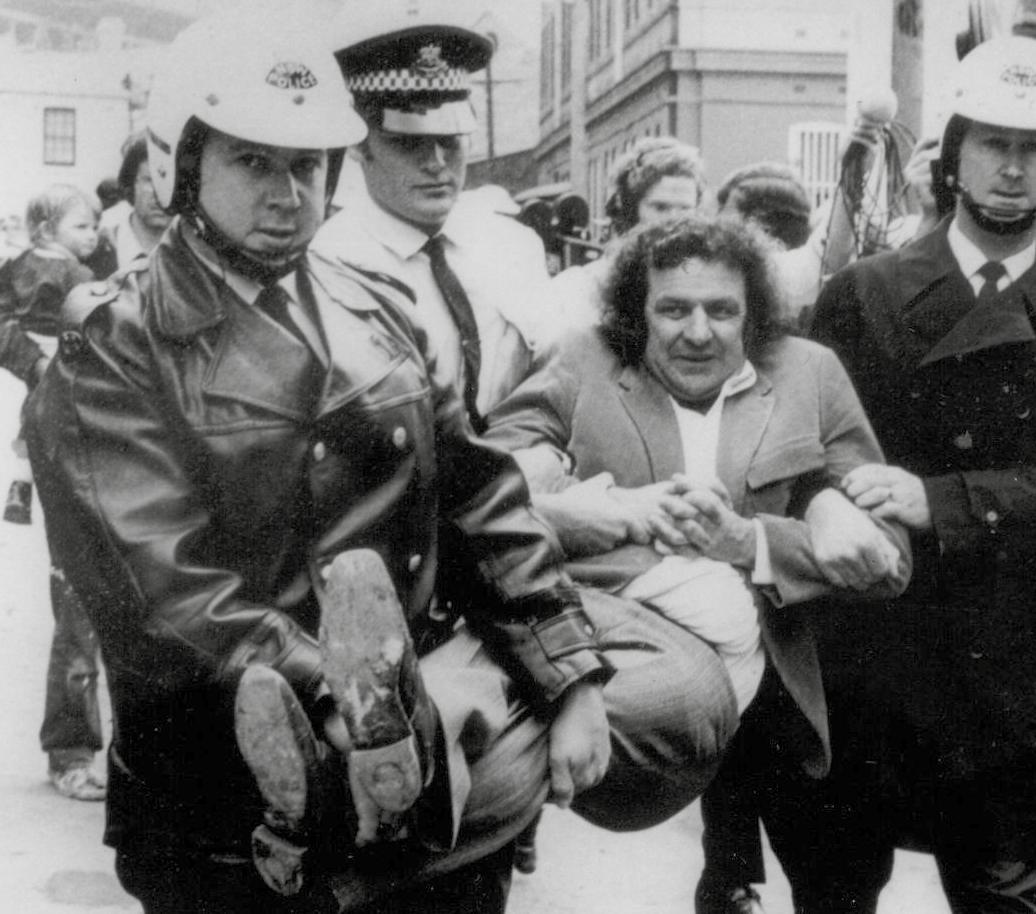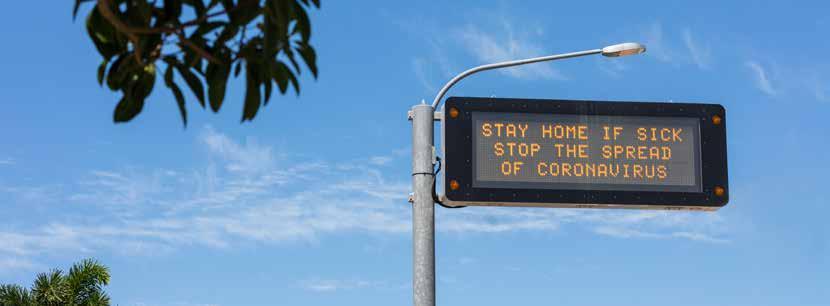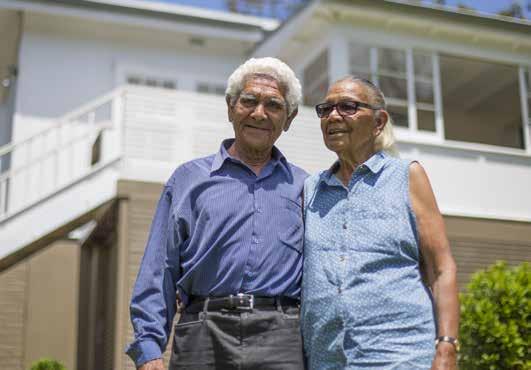
10 minute read
News
l COMMUNITY FUNDING Community orgs fight to survive
The devastating impact COVID-19 has had on community organisations has been laid bare in findings from a national survey that show the sector fighting for cash, volunteers and, in many cases, survival. The survey — conducted by the Institute of Community Directors Australia — found that 70 percent of not-for-profit orgs felt their exist ence “threatened” by the coronavirus. The community sector spans services including health and mental wellbeing, housing and homelessness, Indigenous support, social justice, education, and the environment.
Advertisement
As with commercial businesses, community orgs have had their work severely disrupted by the social-dis tancing measures implemented by government to slow the spread of COVID-19. A total of 88 percent of respondents said their services had been affected by the rules. While some orgs have had to curtail their work, others have adapted and contin ued providing services in a different format. Some have closed.
Other key findings include: a 67 percent drop in fundraising, with 39 percent of respondents believing they have not received adequate govern ment support. And 35 percent of respondents have had to reduce staff numbers, with 40 percent unsure if there will be further staff reductions.
In response to the findings, Commu nity Council for Australia chair, Tim Costello, said: “There’s no way to sugar coat this — the COVID-19 pandemic is seismic. Community groups are the social infrastructure of our economy; they need to be fast-tracked invest ment from government, philanthropy and individuals before it’s too late.” Costello added: “Community groups have always had to innovate to thrive, now it goes to their ability to survive.”
Meanwhile, a survey commis sioned by Volunteering Australia and conducted by researchers at the Australian National University (ANU), has found that between February and April there was a 66 percent decline in the number of community volun teers. That translates to 12.2 million hours of lost volunteer work per week. “The findings reinforce the power of the volunteer workforce and its contri bution to the economic and social wellbeing of Australia,” said ANU researchers.
In a bid to reduce homelessness and to boost job numbers, the Australian Council of Social Service (ACOSS) has called on the Federal Government to initiate a bold public housing program. Included in its report “Build Back Better”, ACOSS is advocating for $7 billion to be spent on social housing for 30,000 families and individuals in need. “We can create thousands of jobs and reduce homelessness through a public infrastructure program,” said ACOSS CEO Dr Cassandra Goldie.
In its report, ACOSS said the COVID19 lockdown had “exposed the scale of homelessness and rough sleeping in Australia, both as a social prob lem and as a health risk”. “Now more than ever,” said Goldie, “the virus and bushfires have shown us we must work together to help each other recover and
l HOMELESSNESS Call to help those left behind
get us on a path to building a better future, with positive ideas that create jobs, and quickly, while strengthening communities.”
ACOSS is also calling on the govern ment to extend the JobKeeper scheme to temporary migrants, including international students and asylum seekers. “We are all in this together, but some people are being left to face severe economic hardship without any support, without even access to Medi care,” said ACOSS’s Jacqueline Phillips. “Everyone deserves to be able to put food on the table and have a roof over their head.”
Hopefully, as iso restrictions ease, it won’t be too long before volunteers feel safe to return. Already, say the researchers, community organisa tions that have had to cease services because of COVID-19 restrictions are seeking guidance on how to restart programs safely and to support volunteers in their transition back. “The nation needs these volunteers back supporting their communities.”
In response to the hardship being faced by temporary visa holders, the Australian Red Cross is providing support with a small one-off emer gency relief payment. Emergency relief is provided to help people with basic needs like food, medicine, or shelter. The support can only be offered to people who are not Australian citizens or permanent residents; who are not eligible for state funds; have no income or savings; and no access to any other support.
If you need help and think you may be eligible, you can apply for emergency relief at redcross.org.au.
NEWS
l ACCESS TO TECHNOLOGY
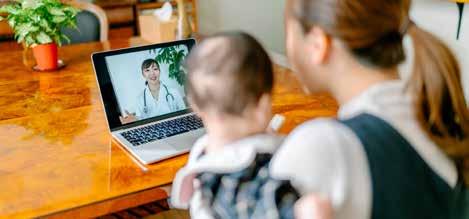
Bridging the digital divide
During the COVID lockdown, many support organisations have been forced to deliver their services online. This has exposed an acute accessibility gap within public housing commu nities. Prompted into action by the digital divide, Counterpoint Commu nity Services and REDWatch have approached the technology hub at South Eveleigh to work with govern ment to pilot potential solutions.
Writing in The South Sydney Herald, Counterpoint Executive Officer, Michael Shreenan, said: “Tenants need access to free wifi; equipment such as tablets, laptops and smart phones; personal monitoring and medical assistance equipment; duress alarms and free access to training so they can embrace the opportunities tech nology can offer. For this to happen we need urgent investment from both government and the private sector.” Counterpoint is pursuing grants to provide families with computers and data packs and, with REDWatch, is currently lobbying for free wifi in public housing.
Australia’s response to containing COVID-19 relied on citizens to be more digitally connected than ever. Yet, more than 2.5 million Australians are not online, while 1.25 million house holds have no internet — according to the Australian Bureau of Statistics. And many of those who do have inter net lack the skills to benefit fully from the connectivity. Affordable access to the internet also remains a key concern, particularly for low-income households.
An environmental report for the $100-million Redfern train station revamp has been released. It shows construction of the upgrade will start late this year or early 2021 and is due to be completed by mid-2022. The project involves major changes to the southern concourse including the construction of a six-metre wide walkway linking the east and west sides of the station. To ensure Redfern station — one of Sydney’s busiest — meets accessibility requirements, new lifts and stairs will be built so that passengers will have easy access to platforms one to 10. As well, a new entrance will be constructed at Little Eveleigh Street and the Marian Street entrance will be upgraded.
l PUBLIC TRANSPORT
Redfern station upgrade to start later this year
The aim of the project is to ensure Redfern station will be able to cope with a growing number of commuters in the coming years. Around 70,000 people currently use the station each day. But with the nearby TNT building being converted into residential units and a 24-storey tower earmarked for student accommodation being built at The Block, government forecasts suggest station foot traffic will increase to about 100,000 by 2036.
“For the digitally excluded, people lacking effective and affordable inter net access and digital skills, the transition is deepening social inequality,” said Professor Jo Barraket from the Centre for Social Impact. “Given the loss of income suffered by those who have lost work as a result of the crisis, the number of digitally excluded may rise, widening the divide itself.”
Those Australians most likely to be among the digitally excluded include people with lower levels of income, education, and employment; people over 65; Indigenous Australians; and people with disability. “We believe,” said Barraket, “that there is a funda mental and immediate need for a coordinated effort from government, telecommunication providers and not-for-profits to assist these Austral ians to get online and gain the confidence and basic skills they need to remain socially connected.”
According to Transport NSW, the project “aims to provide a station precinct that is accessible to those with a disability, limited mobility, parents/ carers with prams, and customers with luggage”. The upgrade will also “improve connections between the station and key destinations in the area”. However, the plans for the southern concourse have drawn crit icism from residents who fear Little Eveleigh and Marian streets will become choked with commuters. The exhibition for the southern concourse is activated and will run until 24 June.
NEWS
l PUBLIC SPACES Planning in an era of COVID-19
The COVID-19 outbreak has cemented the importance of ample, high quality public space. People who may have taken open space and green space for granted previously are now acutely aware of its influence on their health and wellbeing. Speaking to The Fifth Estate, John Brockhoff, National Policy Manager at the Planning Institute of Australia, said that COVID-19 had served as a “pressure test” for urban planning trends, and highlighted deficiencies. Up the top is high-density development that doesn’t have enough open space for everyone to enjoy safely and comfortably.
Brockhoff would like community infrastructure to secure a spot further up the value chain. “We should look at community infrastructure like we look at pipes and roads, and not something that’s second class for when there’s a bit of money and space lefto ver.” Brockhoff is especially concerned about people who are most likely to end up in
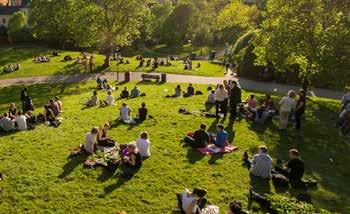
high-density areas with out enough parks and open space. “We have an obliga tion to see that amenity is there for those people. It’s so important if you live in high-density areas that you have access to a whole range of benefits beyond your own four walls.”
A report from the Austral ian Housing and Urban Research Institute echoes that view. Its authors call for an increase in local government funding so that adequate public space can be built to improve the lives of low-income earners living in high-rise apartment buildings. “Having access to local facilities and spaces, such as libraries, community centres and parks, is essen tial for apartment residents on lower incomes as they are less likely to be able to afford to use other commer cial spaces such as cafes,” said lead author Associate Professor Hazel Easthope. “What COVID-19 has done is given a taste of what it’s like to not have access to those facilities for everyone.”
l TRANSPORT
New cycleways in inner Sydney
Six new pop-up cycleways have been created to provide safe commuter routes for people as they begin to return to their workplaces. The cycleways are part of several transport initiatives across inner Sydney to offer people alternative journey options.
The cycleways can be found to the west, east and south of the CBD on Bridge Road/Pyrmont Bridge Road in Pyrmont; Pitt Street North in the CBD; Moore Park Road in Paddington/ Moore Park; Dunning Avenue in Rose bery; Sydney Park Road in Alexandria/ Erskineville; and Henderson Road in Eveleigh.
“When someone rides to work, they take a car off the road or free up space on public transport,” said Sydney Lord Mayor, Clover Moore. Around $600 million will be invested into the city’s walking and cycling infrastructure over the next four years, bringing the NSW Government’s total investment to around $1 billion — the largest commitment in the state’s history.
Meanwhile, the Committee for Sydney is urging the NSW Government to fast-track a scheme to upgrade the city’s cycling network.
The thinktank is lobbying for the network — covering more than 5,000 kilometres of cycling infrastructure — to be completed in three years rather than the planned 40 years.
“There is an immediate need during the COVID-19 transition period, while physical distancing requirements are still in place, to transport large numbers of people. For many reasons, including parking capacity in CBDs, this cannot only happen in cars — we will need much greater cycling capac ity to cater to this,” said Committee for Sydney CEO, Gabriel Metcalf.
If the scheme were to take place, Sydney would join other cities — such as Berlin, Vancouver, and Buda pest — that are taking advantage of the lockdown period to expand urban cycle lanes. Construction, said Metcalf, would help support and create jobs in the infrastructure and transport sectors, aiding Sydney’s economic recovery. “Investing in cycling infrastructure would involve a broad program of lots of little projects in every area” said Metcalf. “Every community would benefit from it.”

